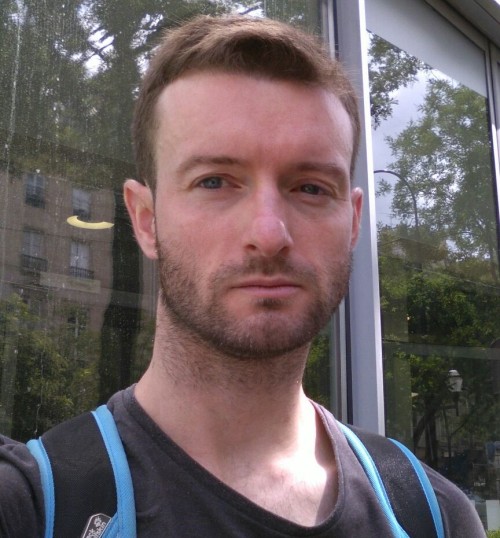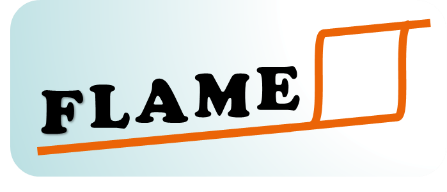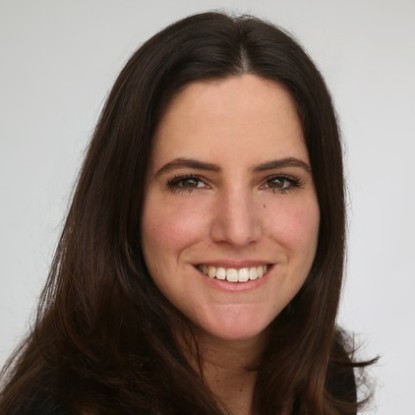
On Antiferroelectric Phase Transitions and Model Antiferroelectric Materials
Prof. Maël Guennou University of Luxembourg, Department of Physics and Materials Science
Antiferroelectricity is a notion that is intuitive and yet surprisingly controversial. There is in fact no consensus on its very definition. The original sin is that no rigorous symmetry criterion has been accepted to define antiferroelectric materials. Instead, antiferroelectric transitions are recognized empirically by a set of experimental signatures, notably by the proximity of a ferroelectric phase that can be induced by application of an electric field, producing a characteristic double hysteresis loop. Yet those signatures are also disputable in many cases, and antiferroelectricity remains very loosely defined.
A related concern is to find materials that can serve as simple models for antiferroelectric phase transitions. The classical antiferroelectric perovskite, PbZrO3, is notoriously complex, exhibits multiple structural instabilities, and can hardly serve as a simple model. Besides, all classical antiferroelectric transitions seem to be dominantly of the order-disorder type, and no soft-mode driven transition – like in PbTiO3 for ferroelectrics – could be identified.
Recently, we have discovered such a transition in an orthorhombic francisite Cu3Bi(SeO3)2O2Cl. We have measured the lattice dynamics both below and above its phase transition temperature at 115 K respectively with Raman spectroscopy, inelastic X-ray scattering and thermal diffuse scattering. In both cases, a nearly ideal soft-mode behaviour was observed, with a linear dependence of the frequency squared with temperature. This provides us with the very first example of an elementary, Kittel-like textbook antipolar transition, and hopefully an essential building block in the progress towards shared views and definition on antiferroelectric materials.
About the FLAME-inars
The FLAME-inars are organized by the collaborative project FLAME at TU Darmstadt, in which electronic-structure-property relationships are being developed and exploited to realize novel lead-free antiferroelectric compounds. The seminars will gather experts in processing, characterization and theory to discuss materials and applications, bulk and thin films, fundamental properties, electronic structure & defects, and related aspects.



